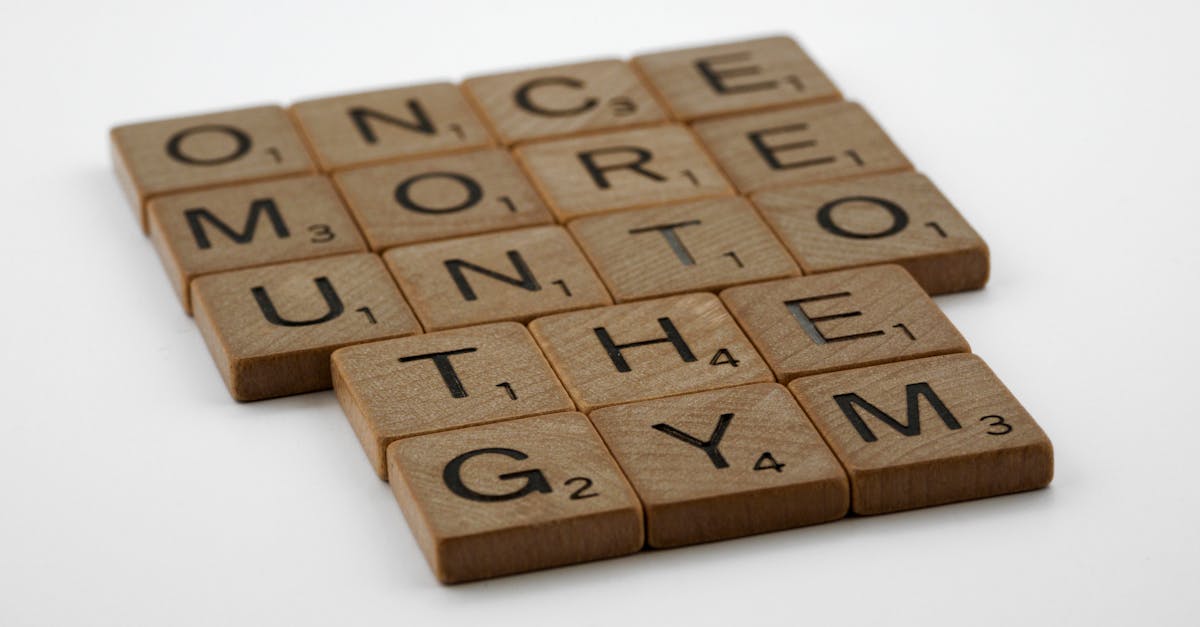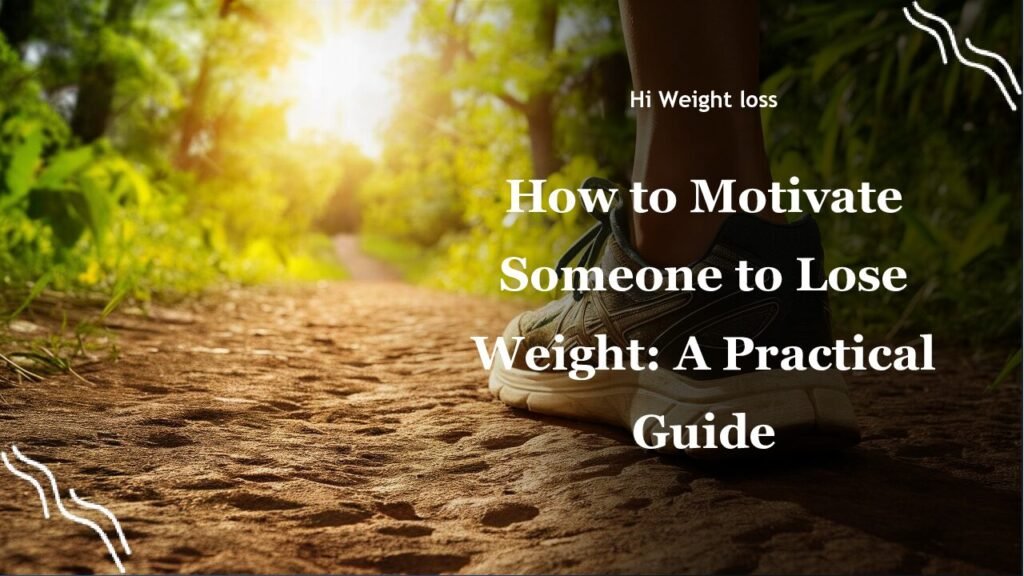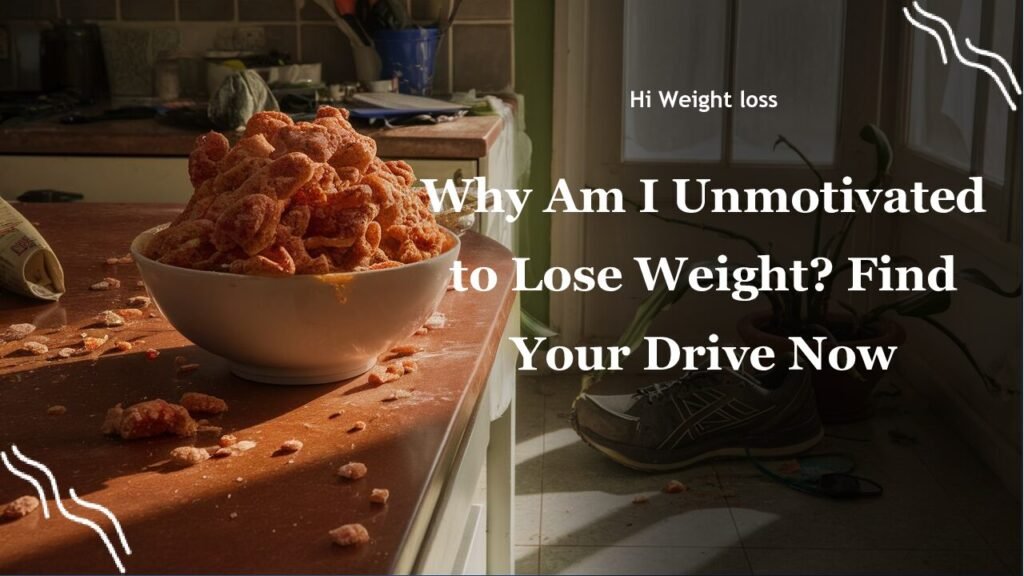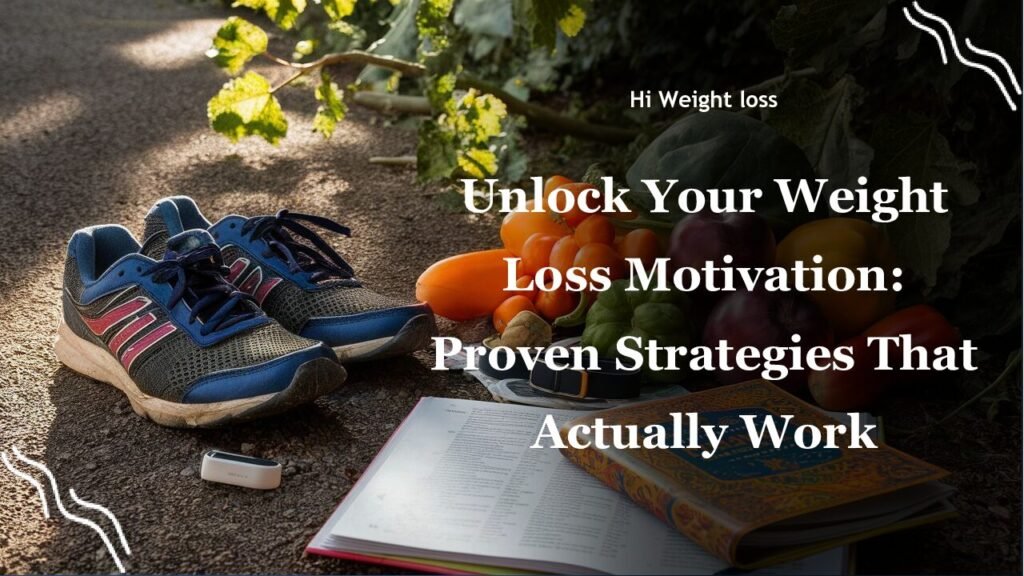“`
Struggling with restrictive diets that leave you feeling deprived and ultimately lead to setbacks? Many people find that strict dieting is not sustainable, and they often end up bouncing back to their old eating habits. This article will explore the *80/20 rule*, a balanced and flexible approach to weight loss that allows you to enjoy your favorite foods in moderation while still making progress toward your goals.
What is the 80/20 Rule for Weight Loss?
The 80/20 rule, also known as the Pareto principle for nutrition, isn’t about deprivation; it’s about balance. It suggests that you focus on eating nutritious, whole foods 80% of the time, and allow yourself the flexibility to enjoy less healthy foods for the remaining 20%. Imagine if you could eat your favorite pizza without guilt, knowing that most of your meals are filled with nutrient-dense choices. This approach is not just about losing weight; it’s about fostering a healthier relationship with food.
Understanding the Core Principles of the 80/20 Rule
At its core, the *80/20 rule* is designed to be sustainable. It’s not about perfection; it’s about consistency. This means focusing on making good food choices most of the time, which makes it easier to maintain over the long term. I remember when I first started trying to lose weight, I’d often crash and burn when I’d deprive myself of all the foods I loved. I wish I knew then about a flexible approach like this.
The *key to success* with the 80/20 rule is understanding its two main components: consuming healthy foods 80% of the time and allowing for indulgences in the other 20%. This allows you to enjoy your favorite foods without derailing your progress. It’s about making mindful choices rather than being overly restrictive.
What Does “80% Healthy Eating” Look Like?
When we say *healthy eating* for 80% of the time, we’re referring to focusing on whole or plant-based foods, lean proteins, seafood rich in omega-3s, whole grains, low-fat dairy, and monounsaturated fats like nuts and seeds. It involves eating nutrient-dense foods that provide your body with the energy and nutrients it needs to thrive. You might choose a colorful salad with grilled chicken or salmon, a hearty lentil soup, or a breakfast of oatmeal with berries and nuts.
It’s not about eliminating entire food groups but making mindful choices that align with your health goals. For me, this meant swapping out processed snacks for things like fresh fruit and veggies. You may not need to change everything, just those things that aren’t serving your body well.
The Importance of the 20% “Indulgence”
Now for the fun part – the 20%! This is the flexibility that makes the *80/20 rule* so appealing and sustainable. The 20% is not about going wild but rather about enjoying your favorite foods in moderation. This might mean having a slice of cake on your birthday, going out for pizza with friends, or enjoying a glass of wine at the weekend. The key is to do so without guilt or shame, understanding it’s part of a balanced approach.
Allowing for these indulgences is key in maintaining a positive relationship with food and reducing the risk of bingeing. We know that restrictive diets can often lead to cravings and binges, and the 20% rule helps to prevent that. It’s all about balance, not perfection!

How to Apply the 80/20 Rule for Weight Loss
The *80/20 rule* can be applied in a few different ways. One option is to think of each day as a whole. You might have 3 healthy meals and allow yourself a treat or indulgence in one of them. Another way is to approach it on a weekly basis. For instance, you could eat healthily for 5 days of the week, allowing yourself more flexibility for the remaining 2 days. It’s essential to choose an approach that suits your lifestyle and makes it easy for you to stay consistent.
Daily vs. Weekly Application
Thinking about implementing the 80/20 rule on a *daily basis* might look like this: you could have a healthy breakfast of oatmeal and fruit, a balanced lunch with a salad and lean protein, and a nutritious dinner, followed by a small dessert or a treat you enjoy. On a *weekly approach*, you might plan your meals for five days with a focus on whole foods, and then be more flexible over the weekend with a meal out or a couple of indulgences. The most important thing is to find out what works best for your routine.
Tracking Your Progress
Keeping a food journal is a great way to monitor your dietary choices and identify any areas for improvement. You could track your meals on paper, in a notebook, or by using an app. This can help you stay accountable and make sure you are achieving the desired *80/20 balance*. It’s all about awareness and making small adjustments as you go.
Benefits of the 80/20 Rule for Weight Loss
The *benefits of the 80/20 rule* are numerous, but it’s flexibility and sustainability are the standouts. This approach isn’t just about weight loss; it’s about overall well-being. It allows you to have a positive relationship with food while still making progress toward your goals, and it is a healthy middle ground that is likely to succeed where other restrictive diets fail.
Promotes Long-Term Sustainability
Unlike fad diets that come and go, the *80/20 rule* is designed to be a lifestyle, not just a temporary fix. The flexibility helps to reduce feelings of deprivation and makes it easier to stick to long term. It’s not about being perfect; it’s about making healthy choices a habit most of the time. The idea is that when you are not being overly restrictive, it’s easier to stick with the plan.
Enhances Psychological Well-being
Strict dieting often leads to stress, anxiety, and even an unhealthy relationship with food. The *80/20 rule*, on the other hand, promotes balance and self-compassion. It acknowledges that life is not always perfect, and it allows for slip-ups. I’ve seen many people become obsessed with their diets, and I feel that this flexible approach is a much better solution for long-term success and psychological well-being.
Reduces Risk of Bingeing
By allowing for occasional indulgences, the *80/20 rule* reduces the risk of bingeing that often accompanies restrictive diets. When you know you can enjoy your favorite treats in moderation, you are less likely to crave them obsessively or overeat when you do allow yourself to have them. It’s about enjoying food in a balanced way and understanding that all foods fit in moderation.
80/20 Diet for Beginners
Starting out with the 80/20 diet can feel overwhelming, but it’s actually very straightforward. The most important thing is to start small and gradually incorporate the principles into your eating habits. Consider how you’d typically eat on an average day, and think about where you could swap out processed foods for whole, nutritious options.
It might be as simple as choosing a salad instead of a sandwich for lunch, or a piece of fruit instead of a bag of chips for a snack. It’s all about making small, sustainable changes that add up over time, and also understanding the value in a *balanced diet*.
80/20 Rule for Sustainable Weight Loss
The *80/20 rule* is a great tool for weight loss, but what makes it truly effective is its sustainability. Unlike other restrictive diets, it does not require you to cut out all your favorite foods. It’s about making healthy choices 80% of the time while allowing for the flexibility to enjoy less healthy foods the other 20%. It’s a simple, easy-to-understand system that doesn’t feel like you’re ‘on a diet’, which makes it much more sustainable in the long run.
By focusing on a more flexible approach, you are more likely to maintain your goals long term. Sustainable weight loss means losing weight gradually, and keeping the weight off, and the *80/20 rule* is one way that you can go about achieving this.
How to apply the 80/20 rule for weight loss
Applying the *80/20 rule* doesn’t require dramatic overhauls or drastic changes. Start by making small adjustments to your existing eating habits. For example, you could start by swapping out sugary drinks for water, or choosing whole grain bread over white bread. Then you could gradually focus on incorporating more plant-based meals into your routine and reducing your consumption of processed foods, all while still allowing yourself those occasional treats.
The most important thing is to find a strategy that is easy to adhere to, so make sure you are not being too rigid with your approach. Remember, the *80/20 rule* is not about perfection; it’s about consistency and long-term progress. It’s important to remember that it’s an easy and flexible plan to follow.
Practical Application Table
Here’s a simple table to help you visualize how the *80/20 rule* can be applied to your diet:
| Aspect | 80% (Healthy Choices) | 20% (Indulgences) |
|---|---|---|
| Foods | Whole grains, lean proteins, fruits, vegetables, nuts, seeds | Your favorite treats, desserts, occasional fast food, sweets |
| Meals | Balanced meals focusing on nutrient-dense foods | One or two relaxed meals, or small indulgences per week |
| Approach | Mindful eating, planning, and healthy choices most of the time | Enjoying meals and snacks without guilt in moderation |
| Mindset | Focused on nutrition and health | Relaxed and allows for slip-ups, balance |
Conclusion
The *80/20 rule* for weight loss provides a balanced and flexible approach to nutrition that is both effective and sustainable. It promotes long-term healthy eating habits by allowing you to enjoy your favorite foods in moderation while still focusing on nutrient-dense, whole foods. The core idea is that you should strive to eat healthy 80% of the time while allowing for the flexibility to enjoy less healthy treats the remaining 20%. This way of eating is not about being perfect; it’s about making progress and building sustainable habits. Remember, the key is consistency and finding a balance that works for you. This method prioritizes balance and self-compassion, reducing the risk of burnout associated with strict diets and enhancing psychological well-being.
Ready to take the next step towards a healthier you? Start by implementing these principles into your daily eating habits. Share this article with a friend who might also benefit from a balanced and sustainable approach to weight loss! You can also start by keeping a food journal so you can see how you’re applying the rule to your meals.
FAQ
Is the 80/20 rule suitable for everyone?
The 80/20 rule is generally suitable for most people who want to achieve a more balanced and sustainable eating habit. However, if you have specific dietary restrictions or health concerns, it’s best to consult with a healthcare professional or registered dietitian to ensure it fits your individual needs.
Can I still lose weight with the 80/20 rule?
Yes, you can definitely lose weight with the 80/20 rule. The approach focuses on eating nutritious foods most of the time, which can create a calorie deficit and promote weight loss. The flexibility of the 20% can help reduce cravings and make the diet sustainable in the long term.
What if I have a slip-up and eat too much unhealthy food?
It’s okay to have slip-ups, no one’s perfect! The important thing is to not let it derail your progress. Instead of dwelling on it, acknowledge it, and get back to your healthy routine. The 80/20 rule is flexible; it’s not about being perfect every day; it’s about consistently trying your best to eat healthfully. It’s very forgiving and flexible, which makes it an ideal diet solution.
How do I know if I’m doing the 80/20 rule correctly?
The best way to know if you are applying the 80/20 rule correctly is to keep track of your meals and snacks for a week. Observe if you are consistently focusing on whole, nutritious foods for approximately 80% of the time, and then allowing for flexibility in the remaining 20%. Remember to also pay attention to how you feel. If you feel more energized, healthy, and happy, you’re likely on the right track. It’s important to also remember that this is not supposed to be a rigid or strict approach, so don’t worry if you can’t achieve an exact split.
What are some healthy foods that I can add to the 80% part of my plan?
Some healthy options to add to the 80% of your meal plan are things like fruits, vegetables, whole grains (such as quinoa or brown rice), lean proteins (like chicken or fish), nuts and seeds, and low-fat dairy. You can refer to this guide for more information. If you prefer, you could read this article which gives some helpful ideas. Also, this page also lists some great options.
“`



